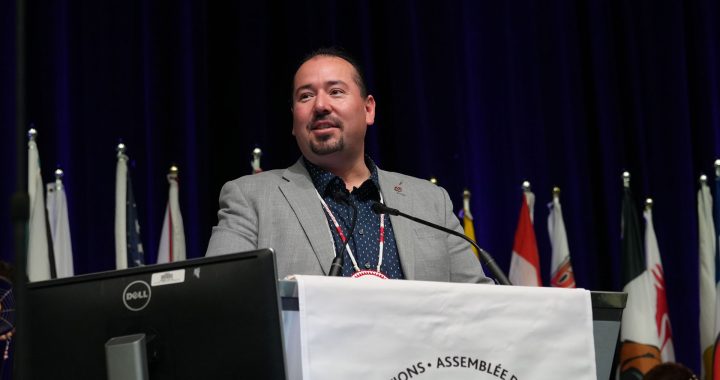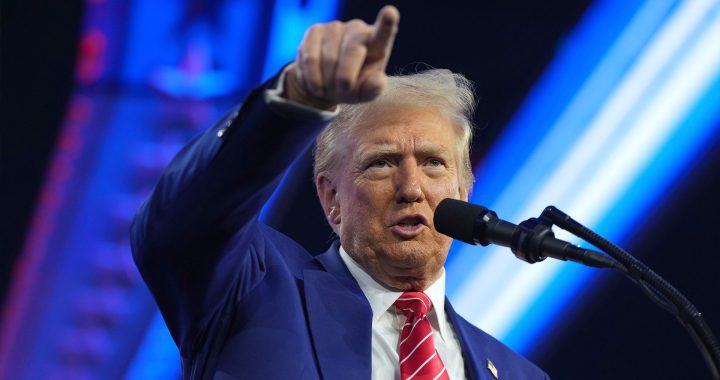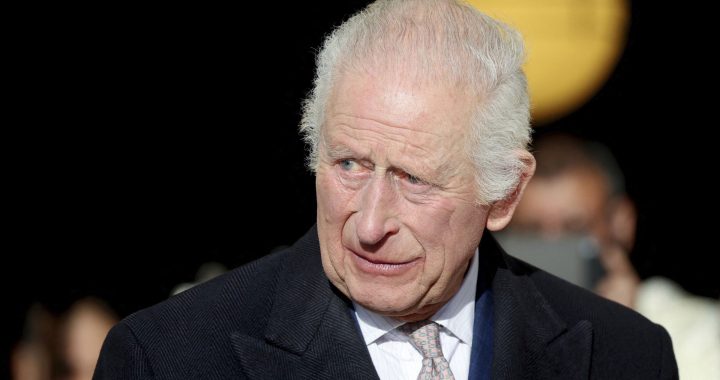The Sioux Valley Dakota Nation in Manitoba is working to identify students buried at the Brandon Indian Residential School.
They’re partnering with researchers from across the country to conduct the investigation.
No one really knows how many children are buried at the site which operated from 1895 to 1972.
Through research and interviews the team of university researchers, along with the Sioux Valley Dakota Nation, hope to identify children and work with their families and communities.
“The families and communities whose children were lost while attending these schools have questions that deserve answers. The children buried at these sites must have their identities restored, and their stories told. They will never be forgotten, every child matters,” said Sioux Valley Chief Jennifer Bone in a video statement.
Sioux Valley has partnered with the University of Windsor, Simon Fraser University (SFU) and Brandon University for the project called the Brandon Residential Schools Cemeteries Project.
Investigations into the cemeteries and unmarked graves at the school began in 2012.
One of the researchers in the project is SFU PhD candidate Katherine Nichols. Nichols is originally from the Brandon area and Sioux Valley Dakota Nation chief and council and other landowners collaborated with Nichols, who at the time was a University of Manitoba master’s student.
The results of Nichols’ thesis research found death records for 70 children but a site survey indicated additional unmarked graves, including some that were not in the cemetery.
“Through our research into the history of the Brandon Residential School, we have identified two cemeteries, one is located at the Turtle Crossing campground and the other is land owned by the Brandon research centre. We have also identified a possible third burial ground on a portion of the school property that we currently own,” Bone said.
Bone said they have identified a number of potential graves so far since the work started.
“While employing archeological survey techniques, geophysical technologies, survival recounts and archival documents, our investigation has identified 104 potential graves in all three cemeteries, and that only 78 are accountable through cemetery and burial records,” she said.
The project received funding in April of 2019, but that work was interrupted by the pandemic.
Project lead Eldon Yellowhorn is an archeologist and professor of Indigenous studies at SFU.
He hopes this work will bring closure to the families.
“In instances where you know there might be one or two generations removed from these individuals you know like if that person had grown up and become somebody’s uncle, you know they’ll never know that. So this is one way for them to bring some closure for their families and their communities,” he said.
Forensic methods like radar and a drone survey are being deployed according to Yellowhorn.
He believes this project can be an example for other communities who want to undertake similar projects.
“It’s very important for our communities to have some control over our lives and our histories. Ultimately what I would like to show is that we’re the ones who are capable of doing this. We don’t have to wait for experts to come from any other community, we can be the experts.”
Bone and the research team have recommendations they would like to see implemented by the government of Canada when it comes to residential schools and related areas.
“Speaking from experience, we would like to highlight the need for broader action from the government of Canada. Including to implement the Truth and Reconciliation Commission of Canada calls to action, specifically actions pertaining to missing children and burial information. To fund long term community health and trauma support. To fund long term community based research across Canada. To develop a centralized and public cemetery database and registry and to enact legislation to protect all residential school cemeteries,” she said.
The goal of the project is to restore the children’s identities, either through commemoration or repatriation.
“Work is moving forward to identify affected communities with children that may be buried in these cemeteries. We want to create safe spaces for families and communities to decide on appropriate ways to honour our children and to support them in meaningful ways,” said Bone.
There is no timeline for when the work might be completed mostly due to the pandemic.










